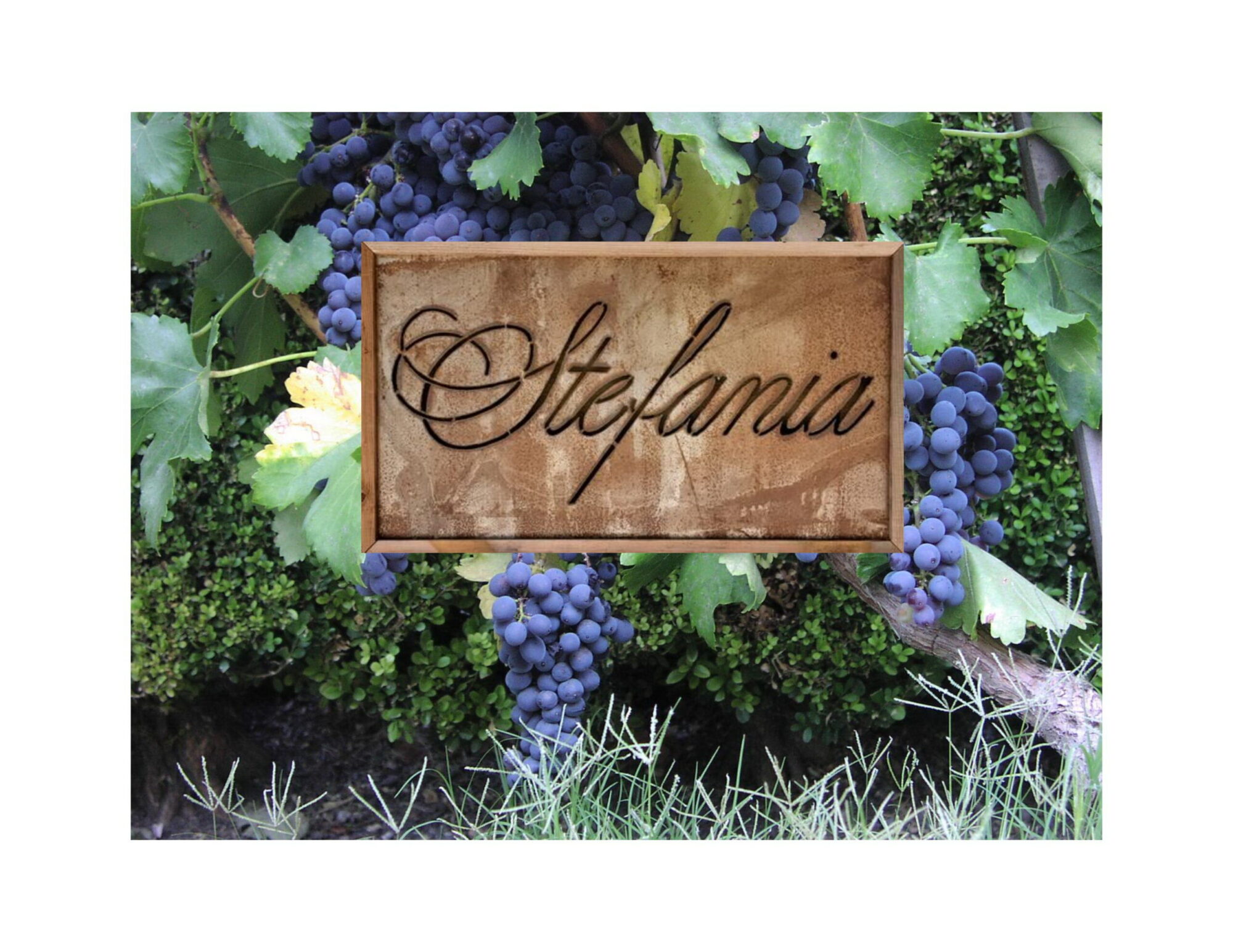Of all the wines we make the Haut Tubee generates the most email, most retail orders, most re-orders and most information requests of any wine by at least 3 to 1. I think it would be fair to call it our most popular wine. Most people I talk with are surprised that it’s so good. We down play it in our release letters and the price ($20) is so low that most people have lowered expectations.
I thought it might be a good idea to run through how we came about making the Haut Tubee. To go through the process we use now to make it, how the final blend comes together and why we price it so low.
When we first planted vines around our house, we didn’t have a name for the vineyard. It was our yard after all so mostly we called it; “the vineyard at home”. We knew though that that was misleading if we didn’t qualify it. Our home is small and the yard even smaller, we always had to add; “it’s just 50 plants.”
The first few years as the vineyard matured we had a small quantity of grapes, not really enough to make any real wine with. We played around with the grapes, but the results always ended up being dumped out. By 2005 we knew that would change. We had added a couple of other small vineyards by that time and combined with our home vineyard we knew we’d have a large enough quantity to properly store and age the juice.
Our problem was that the facility we were making wine in had a one ton minimum to process grapes. We thought we might be close to a ton, but we also knew that all the grapes would not be ready at the same time.
That year we decided we’d just make the wine at home again. We bought some improved equipment that year to help out. We purchased two 200 liter stainless steal tanks for aging, a 35 gallon wine press and a couple of 60 gallon fermentation tubs. All classic top end home winemaker equipment. Since we were making the wine at home, our plan was we’d just bottle it for ourselves. It couldn’t be something we sold because it was not made in a bonded facility.
The grapes all came from small vineyards that we took great care of so everything was really high quality. I rented a crusher de-stemmer and we processed each lot individually just like we were doing for the commercial wine, only on a smaller scale. That year I kept the small lots separate as we fermented and then after pressing the finished juice I added them together into a stainless steal tank.
I bought Argon to help protect the wine and the tank we used had an adjustable top so the wine was protected as it would be in a commercial winery. That first year, 2005 the wine turned out really good. Through the Spring of 2006 Stefania and I both actually thought it was excellent.
Then Summer came. We had a heat spell that got the garage up over 100 degrees for almost two weeks in a row. We had no way to cool the tanks and no additional insulation in the garage. The wine was cooked. We ended up dumping it all out after the heat wave. It was a great disappointment because it had been doing so well.
We talked a lot about what we could do different in 2006. After kicking it around for awhile we decided that the answer was nothing. We didn’t really want to invest the money in insulating the garage. That was money better spent on the commercial wine. Everything else we had purchased to make the small lot we could use in the future on our commercial wine, but redoing the garage, we could not reuse or justify.
We planned on making it again in 2006, we just knew that it would probably be ruined again the next Summer. Still we though it was worthwhile to try. It gave us good experience in making wine, and we were after all the experience we could get. We just didn’t want to throw more money at it. That’s a big part of where our low expectations on the wine came from. The first year we planned on making it we planned on keeping it for ourselves. The second year we planned on throwing it out. It was never something we thought would be a big thing for us.
Next up- The 2006 finds a home.
